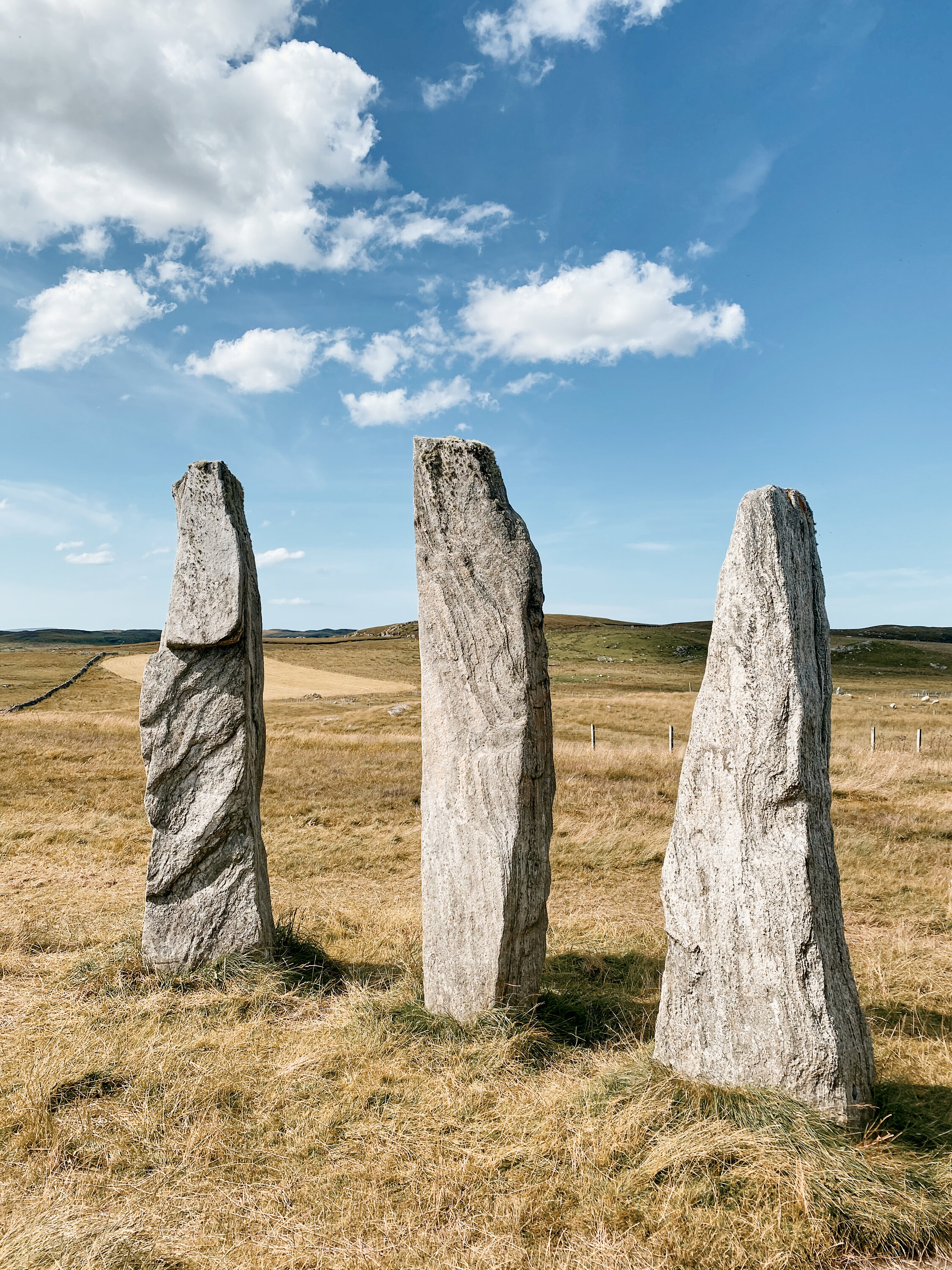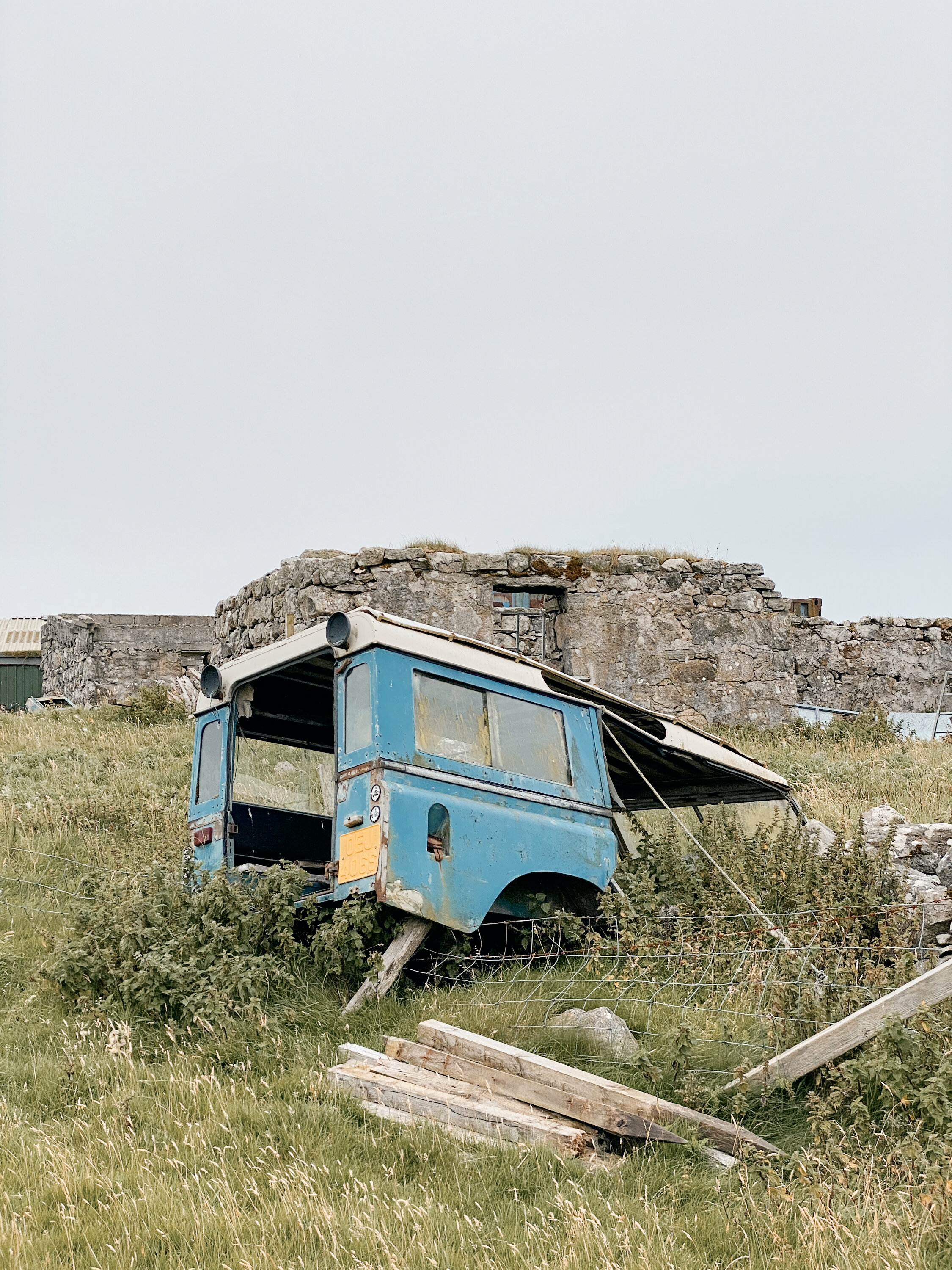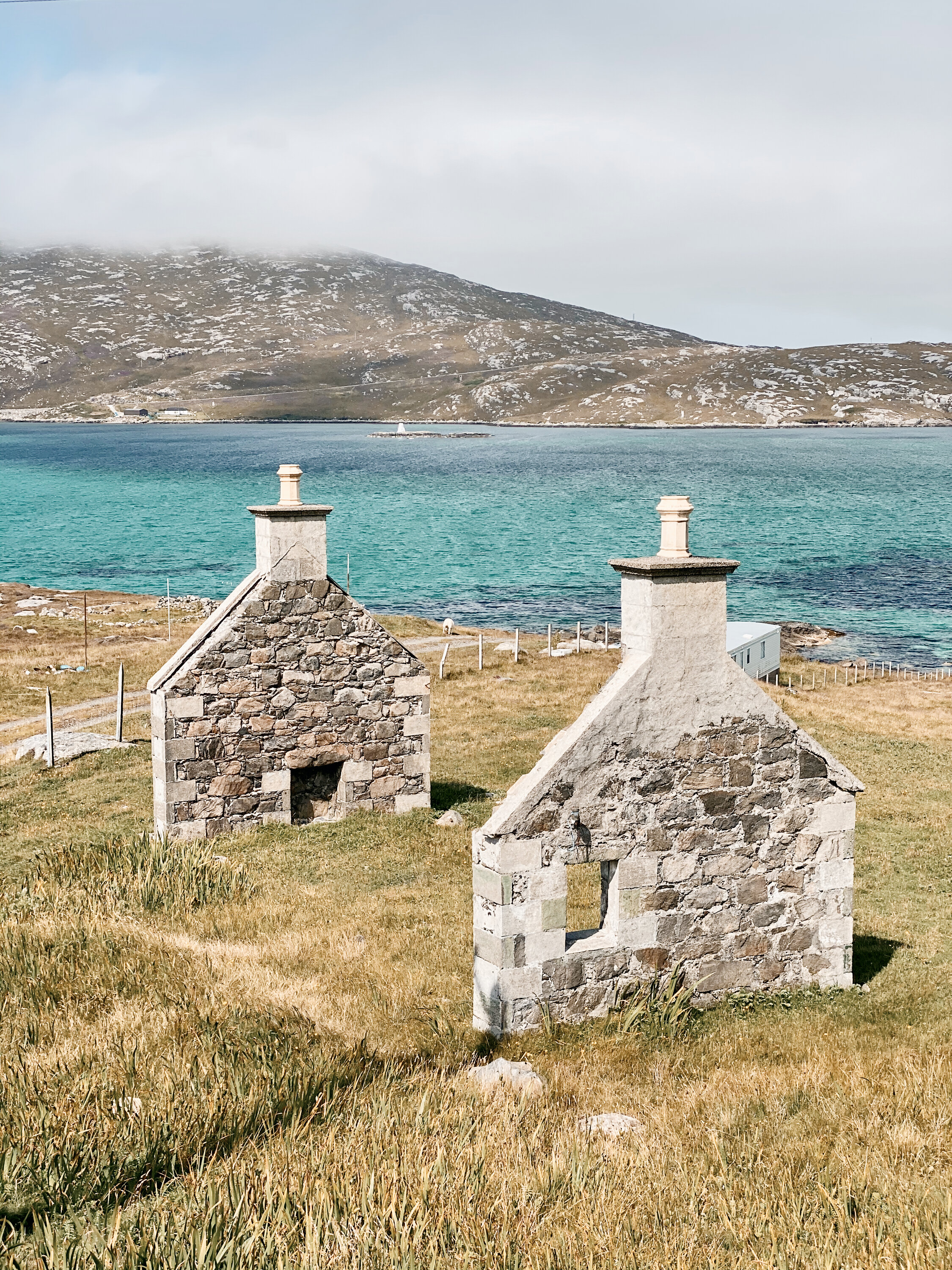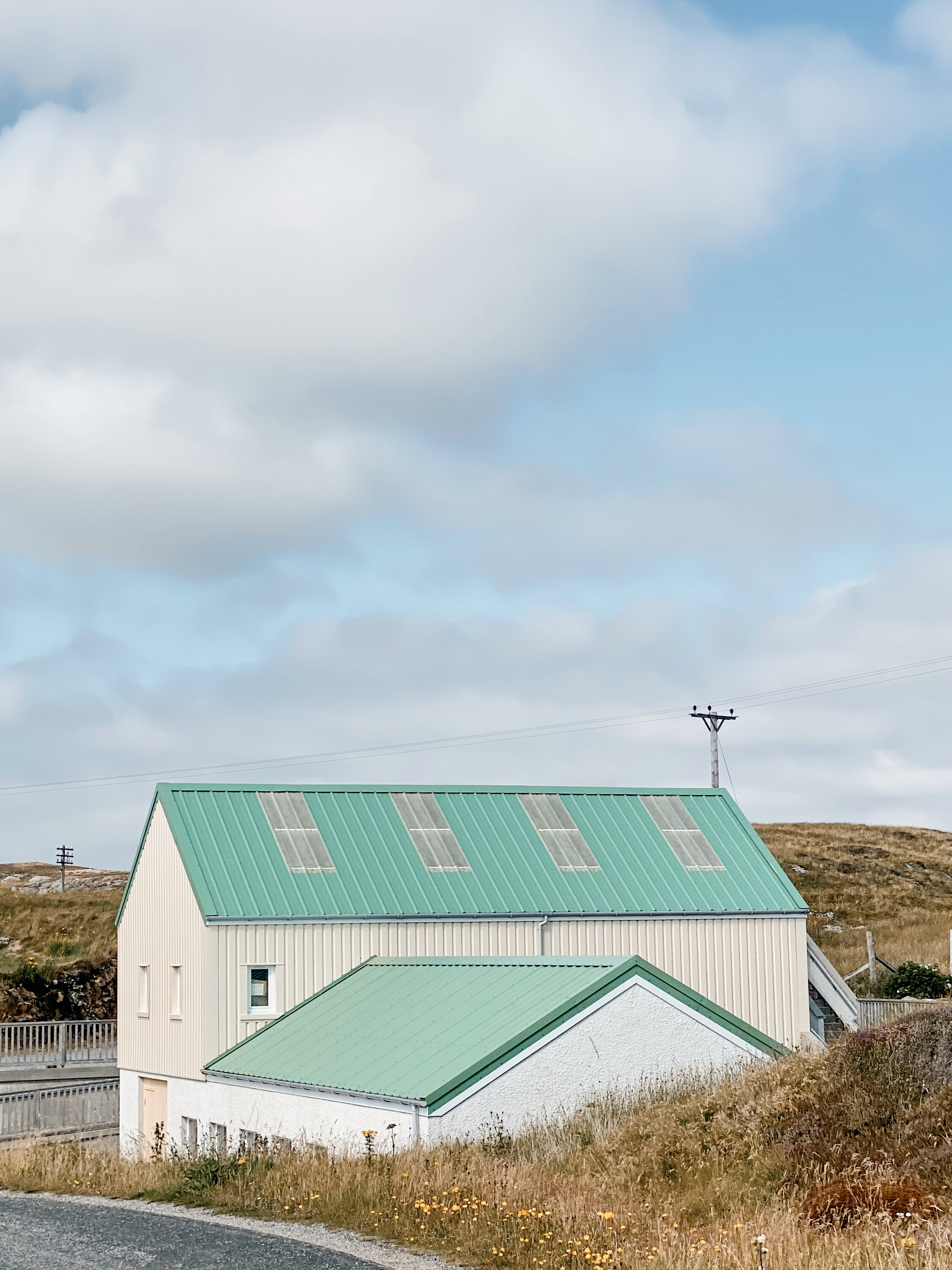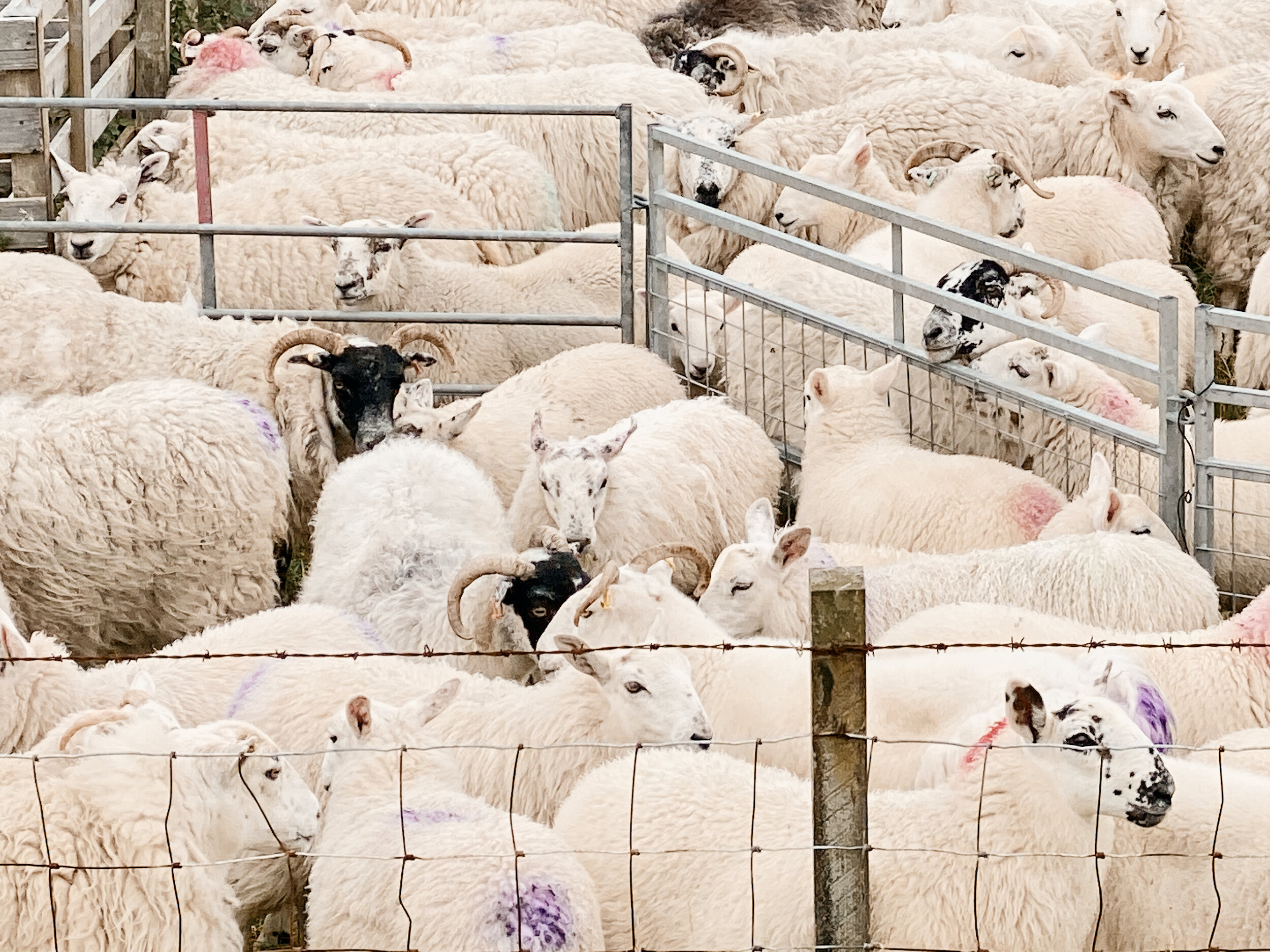
Scotland
Shot for Alba Optics Routes. See more here
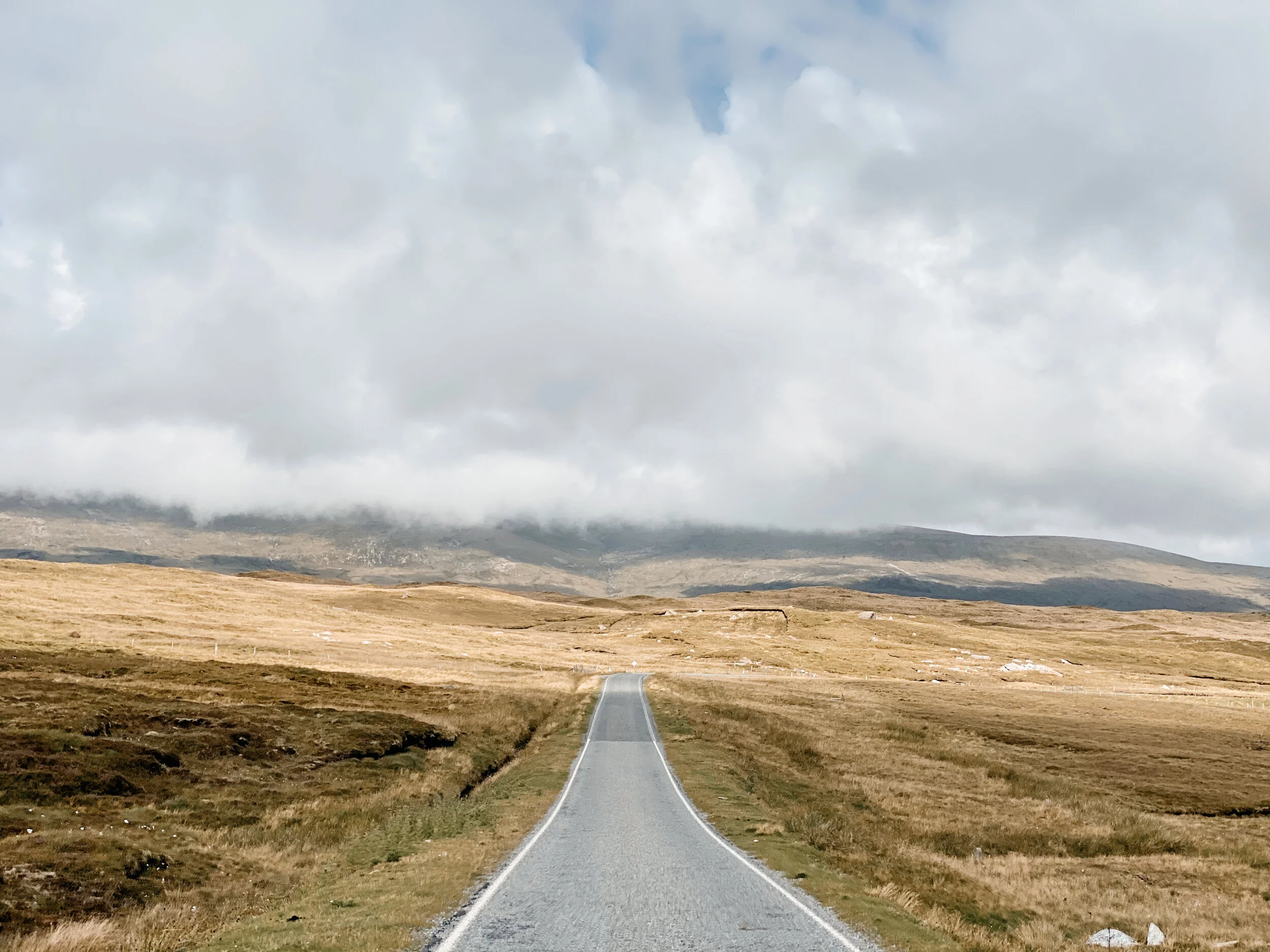



Shetland Islands
The Shetland Isles — a true cycling haven — are the northernmost land of Scotland, connected to Aberdeen via an overnight ferry.
On disembarking in Lerwick you immediately feel the sub-arctic weather on your face. Cold winds gust and ruffle, and an eerily dry landscape welcomes you to these remote islands.
Traversing the largest island, Mainland, towards the northern isles of Yell and Unst takes a certain amount of luck. Strong winds sweep constantly from the north or the south—not fun as a headwind but, when in your favour, you’ll be crossing the vast and deserted landscapes faster than you’d think.
The three main isles are linked by frequent and inexpensive ferries, each sailing taking around 20 minutes, allowing you to ride through the archipelago in one day. Mainland is the most diverse and populated, very easy to get around with only a few polite motorists on the road. Depending on the wind, climbing shouldn’t be an issue as roads are never steep — although at the end of the day you’ll be clocking some decent elevation.
Sights not to be missed include the Sumburgh lighthouse and airport — I mean, how often are you allowed to ride on an actual runway — and the region of North Roe and Eshaness, with their amazing cliffs on the sea.
Yell hosts farms and small villages — watch out for the sheep! Traversing the island takes an hour and roads are few, making the ride easy. I was blessed with a tailwind heading north, allowing me to breeze through the mellow, hilly scenery.
Unst, the main northern isle of Shetland, has to be my favourite. It’s crossed by a single road and sparsely inhabited. A day of fun road riding takes you from Lerwick in Mainland Shetland to Burrafirth, in the north of Unst, where you’ll be greeted by stunning coastline on the Arctic Ocean — seals, orcas and humpback whales can often be seen, and you really feel at the end of the world.
Visiting Shetland amid a pandemic meant services like campgrounds were shut, but public toilets and showers are found in most villages across the archipelago, making bike-packing and camping easy.
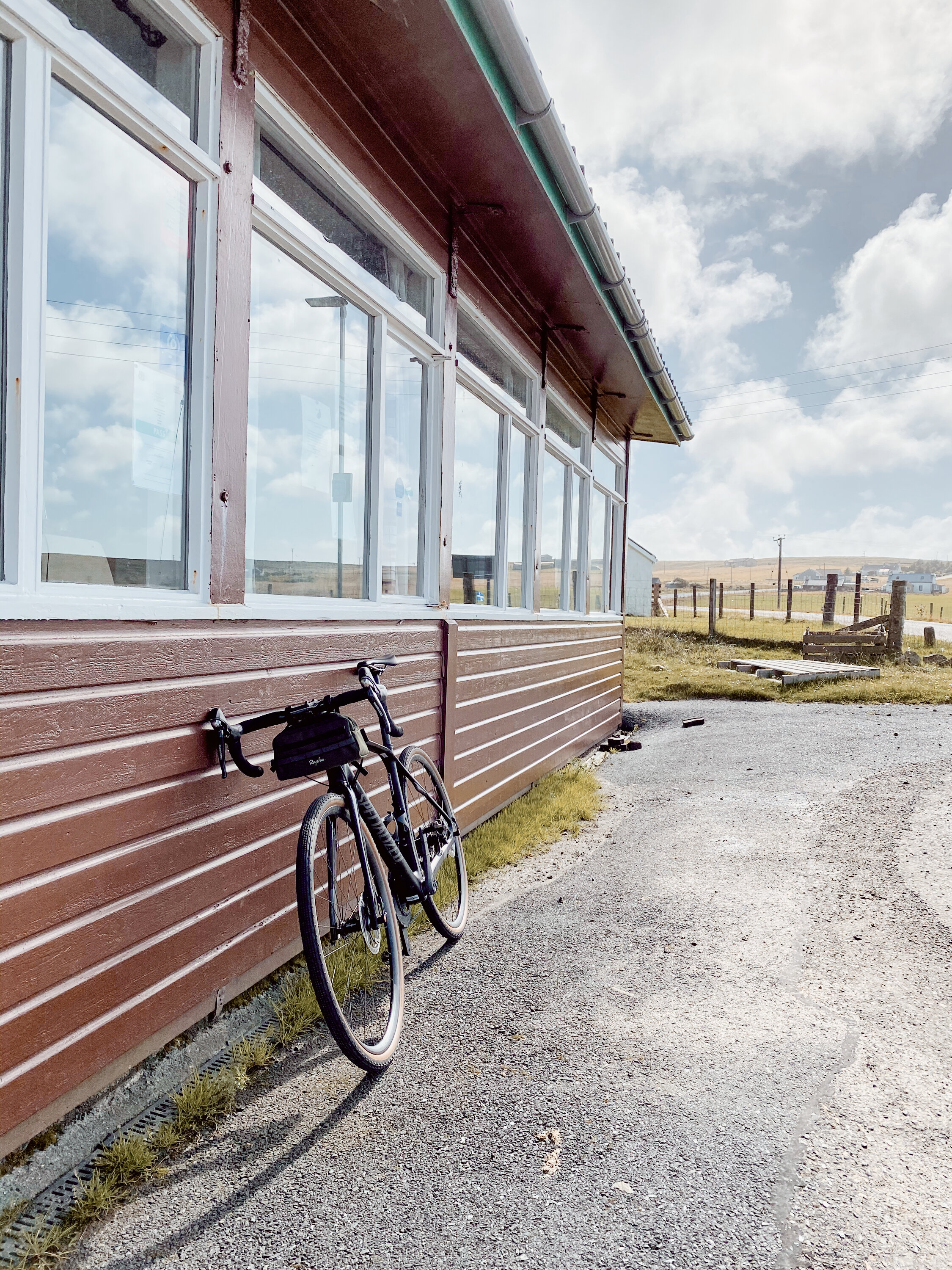










North Coast 500
The iconic NC500 loops 500 miles around the north of Scotland across some of the most stunning landscapes in the country. Travelling by van, I was able to experience several portions of this famous route.
Following the A894, the sights through the Highlands are truly spectacular. A succession of lochs, mountains, hills and prairies mean riding through hundreds of different landscapes, all in a single day. This route is fast-rolling and safe, despite being on a fairly busy A-road, but the party begins as soon as you turn your wheel off the NC500 and down the B-roads towards the coast.
Wandering around these smaller roads, you’ll encounter some of the toughest and most interesting cycling in Scotland, with climbs up to 28%, small fishing and hunting communities and even a few secluded lighthouses. I had the pleasure of camping by the Stoer Lighthouse, a couple of hours off the NC500, and a favourite among birdwatchers and hikers.
South of Ullapool lies another epic, well-known route, running across the Applecross Peninsula and over the infamous Bealach na Bà Pass, known as one of the greatest climbs in Britain. With gradients up to 20% and 626 metres of climbing right from sea level, it offers some of the most iconic scenery in northern Scotland—and the loop across the peninsula is a real joy to ride. No wonder this is considered one of the real meccas of Scottish cycling.
The pandemic, however, meant this usually well-serviced and welcoming area was mostly shut, with campsites and hostels limiting numbers of guests and some not operating restrooms. Although we were indulging in #vanlife, accessing basic services proved trickier than usual — planning and booking ahead was crucial, especially during high season.

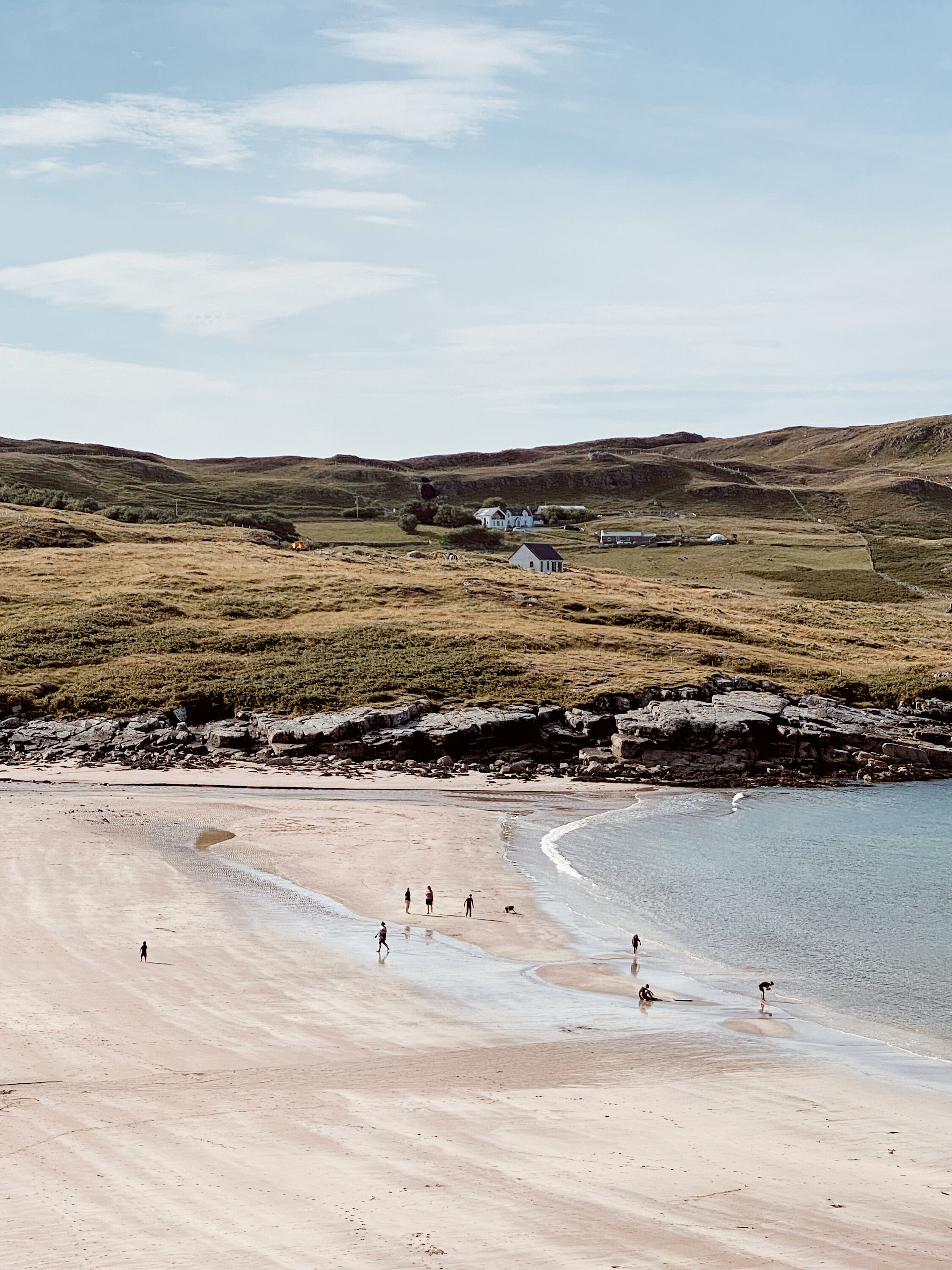

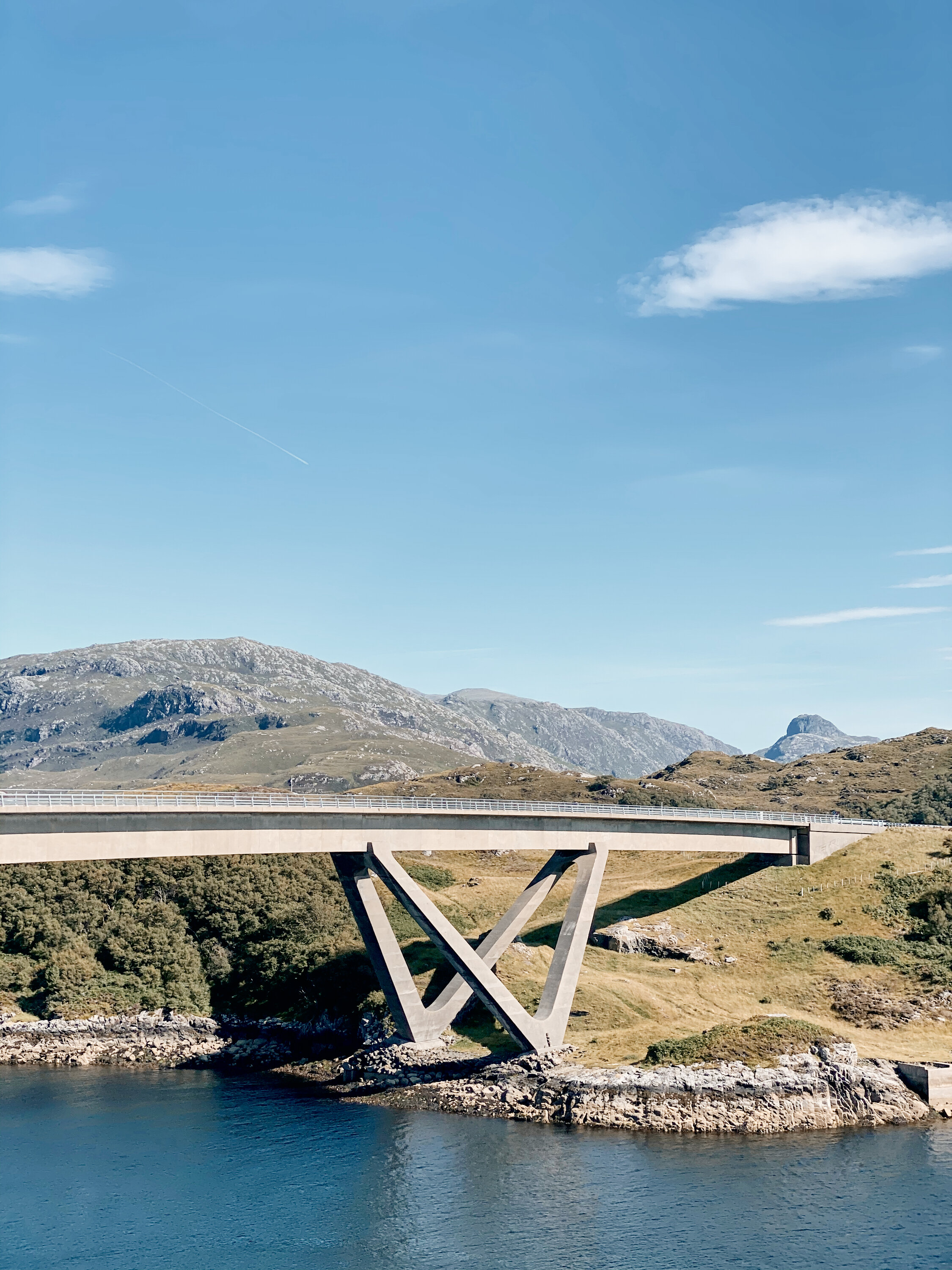





Outer Hebrides
The Hebridean Way is another of the great Scottish classics. Ridden by thousands of cyclists each year, it routes across the three main isles of the Hebrides.
Landing in Stornoway from Ullapool allows you to ride across the isles of Lewis and Harris, home to some of Britain’s most stunning beaches. During low tide, miles and miles of sand reach into the sea, making for a truly breathtaking landscape. Harris, famous worldwide for its tweed, has a more diverse and hilly landscape than Lewis, decidedly a more enjoyable location for cycling.
The Uists and Benbecula are a group of isles reachable by ferry and connected by a series of causeways. With vast plains and lakes, this sparsely inhabited area relies on farming and fishing, but offers few services for visitors — other than open roads and a real sense of freedom.
The last island, Barra, was my favourite. As an aviation enthusiast I had to visit its airport, home to the world’s only beach runway, on which planes can only land during low tide. To get a sense of how small Barra is, I set off with a challenge — to ride literally every road on the isle…every detour and every road venturing towards the coast or inland. The result? A little over 50 miles and a tonne of fun riding up and down the hilly main road — but, more importantly, getting a clear picture of how isolated and different life is up here.
